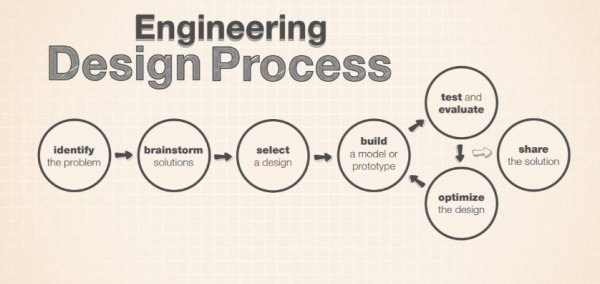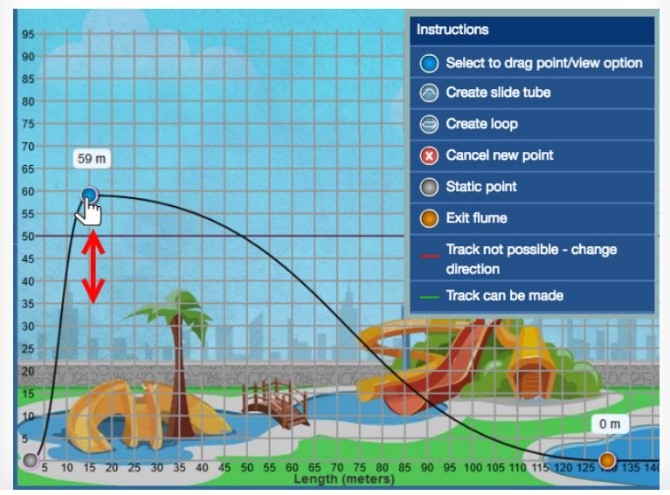Practical Problem Solving
 It’s happened to the best of us: you push the power button on the remote and nothing happens. What’s the problem? Does it need new batteries? Is the TV unplugged? Is the power out? To figure it out, you need some problem-solving skills.
It’s happened to the best of us: you push the power button on the remote and nothing happens. What’s the problem? Does it need new batteries? Is the TV unplugged? Is the power out? To figure it out, you need some problem-solving skills.
Problem-solving skills are important in our everyday lives, our careers, and in learning. Problems may be frustrating, but they can also be opportunities. By helping our students develop strong problem-solving skills, we can help them look at problems differently, do things in a different way, and think critically.
Whether students are planning a lab experiment in science or putting together a persuasive essay, they need to have confidence in their problem-solving skills.
To solve a problem, students need to evaluate information, define the problem, and generate, evaluate, and implement solutions. This is called the Engineering Design Process and it’s used to test and refine solutions to real-world problems.

Image credit: NASA.gov
In Science, there are now Engineering Design standards for every grade level in the Next Generation Science Standards (NGSS). Take a look at how FLVS students are using the Engineering Design Process in their classes. In this example, students are tasked with designing a water coaster:

It’s easy to see how problem-solving applies to math and science lessons. But what about art, social studies, and other courses? Students need these same skills across all content areas!
Analytical and critical-thinking skills support the ability to evaluate problems, while creative and lateral thinking skills help when it’s time to generate ideas for solutions.
Post by Rachel Haines, FLVS Curriculum Specialist

Yes there needs to be more about problems solving in the problems that life lays at your feet. Students should know what to look for in solving any problems where to begin.